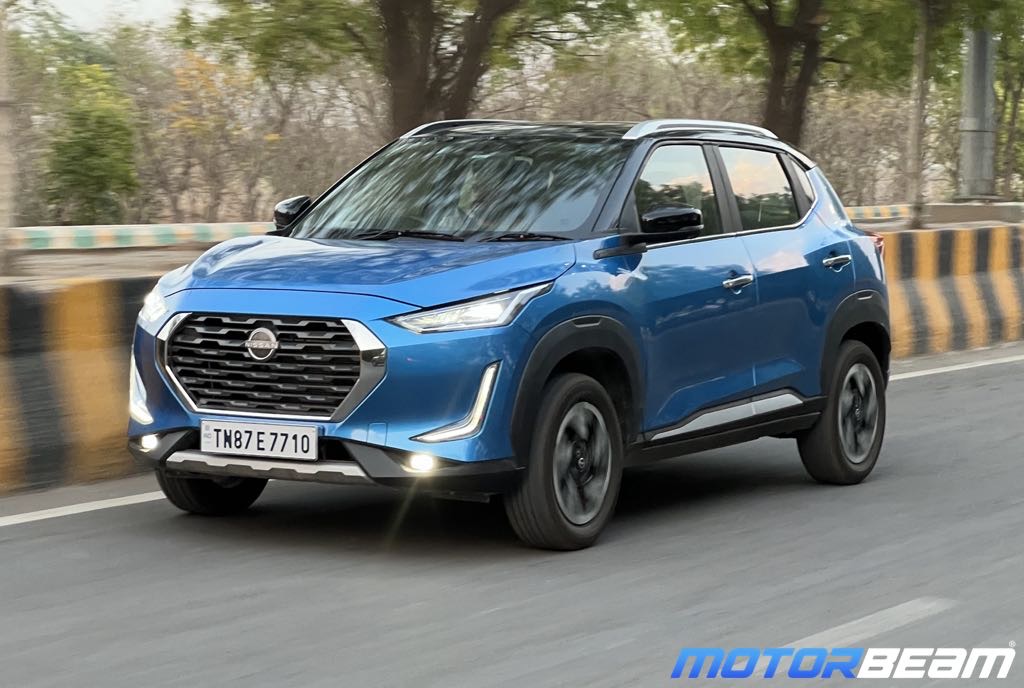
Nissan focusing on strategic partnerships and India as a key hub for its revival plan
Nissan Motor has unveiled an ambitious restructuring plan, which includes significant job cuts and plant closures as the company seeks to revive its fortunes in the coming years. The Japanese automaker aims to leverage strategic partnerships and focus on key markets, including India, as part of its global revival plan.
The company revealed its recovery strategy during the announcement of its annual results for the fiscal year ending March 31. Central to Nissan’s plans is a restructuring effort to slash its workforce by 20,000 jobs and shut down seven of its production plants by 2027. The move is a response to rising operational costs and shifting market demands, particularly as the company adapts to the growing trend of electrification.
Strategic Partnerships for Global Growth
As part of the restructuring, Nissan will prioritise partnerships to enhance its global footprint. For its operations in India, Nissan will continue to collaborate closely with Renault. The companies are set to launch a new Multi-Purpose Vehicle in the B-segment and a C-segment SUV by 2026-2027, utilising a contract manufacturing model. This agreement follows Nissan’s decision to sell its 51% stake in the India manufacturing alliance to Renault, giving the latter full ownership of the Chennai plant. Despite the change, the two companies will continue to jointly operate a technical centre with a 51:49 split in ownership.
India will play a pivotal role in Nissan’s export strategy, with the country now serving as a critical hub for markets such as Mexico and Latin America. The company has seen a surge in exports of its Magnite SUV, and the introduction of a left-hand-drive variant has expanded its global reach to over 65 countries. In the last fiscal year, Nissan exported 71,000 units, though its local sales in India were lower, totalling just 28,000 units.
Local and Regional Alliances
In other markets, Nissan is set to maintain strong alliances to bolster its regional operations. In Europe, it will continue its partnership with Renault, focusing on producing models like the Micra EV and a new A-segment vehicle in 2026. For Japan, Nissan has teamed up with Mitsubishi Motors, which holds a 34% stake in the company. The collaboration will focus on the production of vehicles like plug-in hybrids and electric cars for the Japanese, US and ASEAN markets.
The US market will see Nissan focusing on rapidly growing segments such as hybrid vehicles. Meanwhile, the company’s efforts in Europe will centre on B and C-segment SUVs, with larger SUVs aimed at the Middle East. In China, Nissan will concentrate on enhancing its domestic presence, particularly in the growing new energy vehicle (NEV) sector, while expanding its export capabilities.
Focus on Electrification and Innovation
Nissan’s strategic partnerships will extend beyond Renault and Mitsubishi, with a potential future collaboration with Honda to explore vehicle electrification and advanced vehicle intelligence. Though discussions about a merger between the two companies have stalled, the two continue to explore other forms of collaboration.
As part of its broader restructuring, Nissan has outlined plans to consolidate its global production footprint, reducing its number of vehicle production plants from 17 to 10 by 2027. The company will also streamline its powertrain operations and focus on reducing manufacturing costs. This will include significant cuts in engineering and R&D activities, as well as the cancellation of a planned lithium-ion phosphate battery plant in Kyushu, Japan.
Cost Reduction and Efficiency Initiatives
Nissan has set ambitious goals for cost reduction as part of its recovery strategy, aiming to achieve greater engineering efficiencies and reduce manufacturing costs by 20%. The company plans to overhaul its supplier network and revamp its development processes to cut down on complexity and improve development speed. One of the key aspects of this plan is a reduction in the number of vehicle platforms from 13 to 7 by 2035, as part of an effort to optimise production and reduce costs.
To achieve these objectives, Nissan has also committed to shortening the development cycle for new vehicles. The target is to bring new vehicles to market in just 37 months, with follow-up models arriving in 30 months.
Looking Ahead
Nissan’s restructuring plan, dubbed Re:Nissan, is designed to streamline operations and refocus the company on markets with high growth potential. While the company faces significant challenges, it remains committed to returning to profitability by fiscal year 2026. Nissan’s leadership is optimistic that through cost reductions, strategic alliances, and an emphasis on innovation, the company can successfully navigate its current challenges and position itself for long-term success in a rapidly changing automotive industry.


